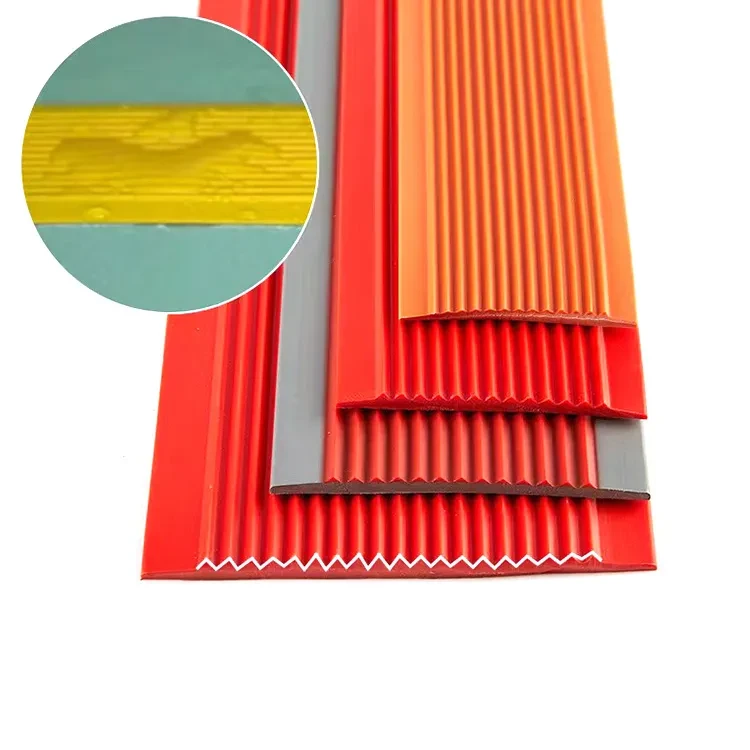Drainage Mat Specifications and Design Considerations for Effective Water Management
Understanding the Importance of Drainage Mat Details
When it comes to effective water management in construction and landscaping, drainage mats play a pivotal role. These specialized mats are designed to facilitate the movement of excess water away from structures, thereby preventing water accumulation and potential damage. In this article, we will delve into the details of drainage mats, their materials, installation techniques, and benefits, providing a comprehensive understanding of their significance.
What is a Drainage Mat?
A drainage mat is a geocomposite product used primarily in civil engineering and landscaping to promote the controlled movement of water. Typically made from materials such as high-density polyethylene (HDPE), polypropylene, or even recycled rubber, these mats can vary in thickness and design, depending on the specific application. Their primary function is to create a pathway for water, directing it away from sensitive areas like foundations, retaining walls, and plant beds.
Types of Drainage Mats
There are several types of drainage mats available in the market. Among the most common are
1. Geocomposite Mats These mats combine drainage functions with filtration capabilities. They usually consist of a thin layer of drainage core sandwiched between geotextile fabrics, allowing water to flow freely while preventing soil from clogging the drainage system.
2. Perforated Mats Featuring a series of holes or slots, these mats help facilitate the passage of water while minimizing the risk of soil erosion. They are especially effective in areas prone to heavy rainfall or runoff.
3. Solid Mats While these mats do not have perforations, they may be used in specific applications where water needs to be channeled in a particular direction.
Installation Techniques
Installing drainage mats requires careful planning and execution to ensure their effectiveness. Here are the general steps involved in the installation process
1. Site Assessment Before installation, a thorough assessment of the site is essential to identify areas prone to water accumulation. This involves analyzing the landscape, existing drainage systems, and local weather patterns.
2. Excavation Once the areas are designated for drainage, excavation is conducted to create a suitable bed for the mats. This ensures that the mats sit level and can perform optimally.
drainage mat detail

3. Layering Before placing the drainage mat, a layer of gravel or sand is often laid down. This layer helps to facilitate drainage and provides a stable foundation for the mat.
4. Placement The drainage mat is then placed on top of the prepared surface. It's crucial to ensure that the mats fit snugly against one another to avoid gaps, which may allow water to pool.
5. Backfilling After the mats are in place, soil or aggregate is backfilled over the mat to secure it and improve drainage efficiency.
Benefits of Installing Drainage Mats
The installation of drainage mats offers numerous benefits
1. Water Management They effectively control water flow, reducing the risk of flooding in vulnerable areas.
2. Structural Integrity By preventing water from accumulating around foundations, drainage mats help preserve the integrity of buildings and structures, minimizing repair costs.
3. Soil Preservation They mitigate soil erosion by managing runoff, protecting landscapes and gardens from degradation.
4. Cost-Effectiveness While there is an upfront cost associated with purchasing and installing drainage mats, the long-term savings in maintenance and repairs often outweigh these initial expenses.
5. Environmental Impact Proper drainage helps maintain natural water cycles, preventing issues related to excess runoff such as pollution and erosion.
Conclusion
In conclusion, drainage mats are essential components in effective water management strategies for construction and landscaping projects. With various types and installation techniques, they offer tailored solutions to address specific drainage challenges. By implementing drainage mats, property owners can protect their investments, ensure the longevity of their structures, and contribute positively to the environment. Understanding the details surrounding drainage mats not only enhances their effectiveness but also promotes responsible land management practices.
-
Under Door Draught Stopper: Essential ProtectionNewsJul.31,2025
-
Garage Door Seal and Weatherstrips for ProtectionNewsJul.31,2025
-
Edge Banding Tape for Perfect EdgesNewsJul.31,2025
-
Table Corner Guards and Wall Corner ProtectorsNewsJul.31,2025
-
Stair Nose Edging Trim and Tile Stair SolutionsNewsJul.31,2025
-
Truck Bed Rubber Mats for Pickup BedsNewsJul.31,2025
-
Window Weather Stripping for Noise ReductionNewsJul.29,2025